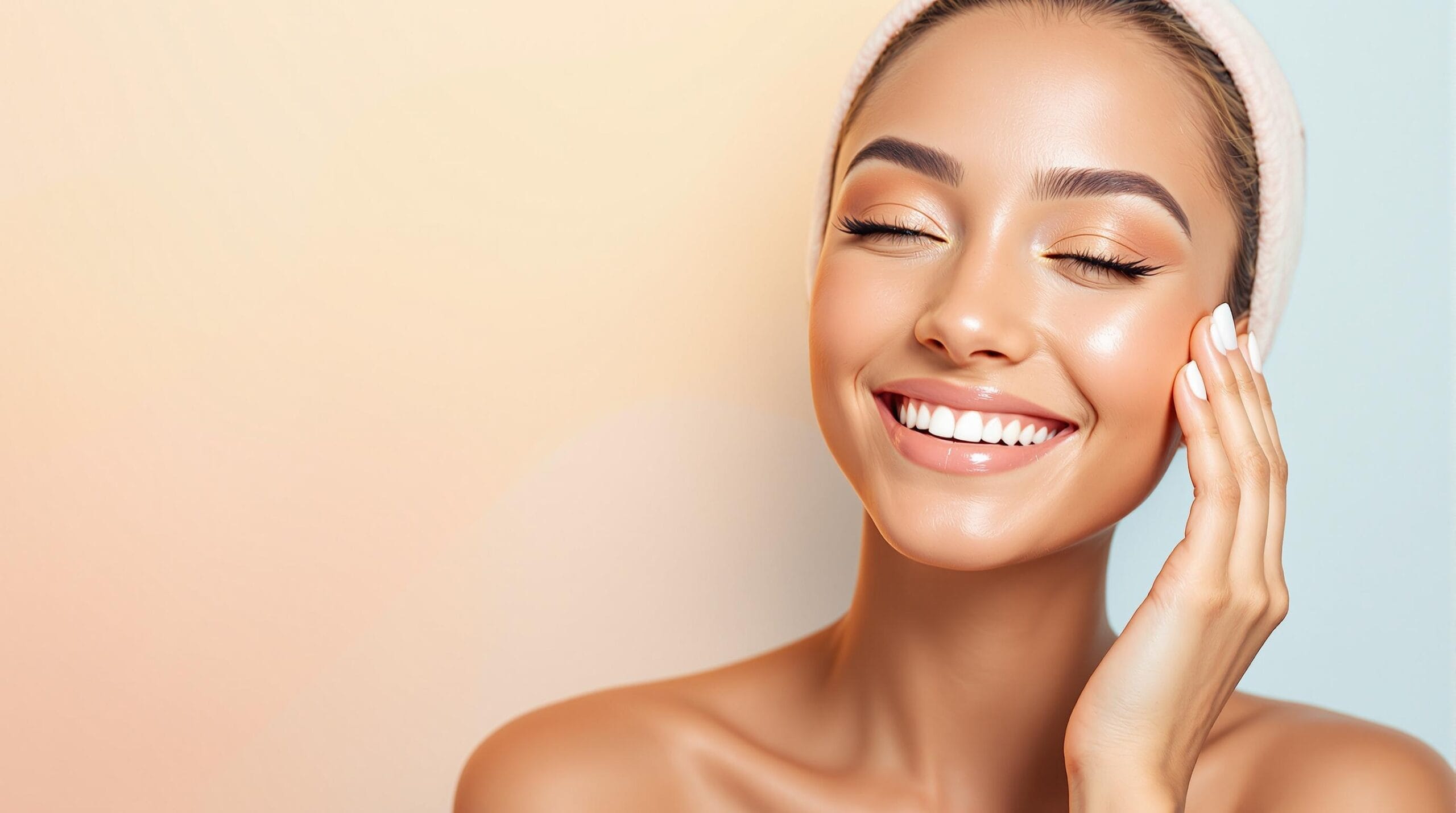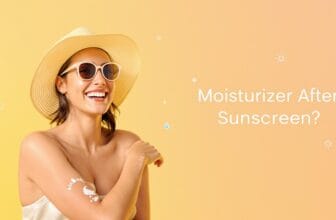
The question of whether to apply makeup after sunscreen is one many individuals grapple with. Understanding this topic is essential, especially for those who prioritize both skin health and aesthetics. Sunscreen is a fundamental part of skincare, preventing damage from harmful UV rays. However, the layering of makeup on top can lead to concerns about product compatibility and overall appearance.
Many worry that applying makeup after sunscreen will result in an undesirable finish or negatively impact the effectiveness of sun protection. This post will provide insights into the proper way to layer these products and address common concerns related to the practice.
The Beauty Basics: Sunscreen First, Always
Using sunscreen regularly is crucial for maintaining healthy skin and preventing sun damage. Sunscreen acts as a protective barrier against UV radiation, reducing the risk of skin cancer and premature aging. There are two main types of sunscreen: physical (or mineral) and chemical. Physical sunscreens contain active minerals that sit on top of the skin, while chemical sunscreens absorb UV rays.
For optimal protection, select a sunscreen with a minimum SPF of 30 and follow reapplication guidelines, ideally every two hours, especially when outdoors. Ensuring that sunscreen is applied properly will set a strong foundation for makeup application.
The Golden Rule: Let Sunscreen Set!
Before diving into the makeup application, it is essential to allow the sunscreen to absorb fully into the skin. This absorption period typically ranges from 15 to 30 minutes. During this time, the sunscreen can form an effective barrier against UV rays, maximizing its protective benefits.
Applying makeup too soon can disrupt the sunscreen layer, leading to potential pilling and a patchy finish. Patience in this step pays off, as makeup adheres better to properly absorbed sunscreen, resulting in a smoother application.
Can You Mix Makeup & Sunscreen? The Truth Revealed!
Mixing makeup with sunscreen is a common question. While some foundations and tinted moisturizers may contain SPF, their effectiveness varies. These products can provide a level of sun protection, but they should not replace standalone sunscreen. It is crucial to use a dedicated sunscreen under makeup for optimal protection.
Mixing products can dilute the sunscreen’s effectiveness. If you opt for SPF-containing makeup, understand that you still need to apply a protective sunscreen layer first for adequate UV protection throughout the day.
Best Practices: How to Layer Like a Pro
The Clean Slate
Start with a clean face. Cleanse, tone, and moisturize your skin to prepare it for sunscreen.
Shield Your Skin
Apply a generous layer of sunscreen. Ensure it covers all exposed areas—face, neck, and ears. Don’t forget to choose a broad-spectrum sunscreen option for comprehensive protection.
Patience is a Virtue
Wait for the sunscreen to absorb for 15-30 minutes. This step is crucial for ensuring that the protective layer remains effective.
Make Your Pick
Select makeup products wisely—prefer oil-free or water-based formulas to avoid greasiness and pilling.
Mastering the Makeup
Use lightweight application techniques. A makeup sponge or brush can help distribute products evenly without disturbing the sunscreen layer beneath.
SPF & Makeup: Can You Trust Them Together?
Many makeup products claim to offer sun protection, but relying solely on them is unwise. Ensure that you reapply sunscreen throughout the day, especially after sweating or swimming. Consider using setting sprays or powders that contain SPF as added protection; however, remember they may not provide complete coverage if not reapplied regularly.
Finding makeup that complements and supports sun protection can enhance your skincare routine significantly. Choose products that state SPF clearly on their labels, allowing for protective layering when you apply your makeup each day.
Quick Tips: Avoiding the Sunscreen Meltdown
To avoid cosmetic mishaps, consider the following dos and don’ts:
- Do let sunscreen dry completely before applying makeup.
- Don’t layer heavy products over sunscreen; opt for lightweight textures.
- Do use a setting spray to help lock in makeup.
- Don’t forget to use oil-free makeup to reduce shine.
Sunscreen Myths Debunked: Get the Facts Straight
There are common myths concerning sunscreen and makeup layering that need clarification:
Q: “Does makeup replace sunscreen?”
A: No, makeup with SPF should not substitute a dedicated sunscreen. It offers additional protection but isn’t a replacement.
Q: “Is sunscreen only needed on sunny days?”
A: Sunscreen should be worn daily, even on cloudy days, as UV rays can penetrate through clouds.
Conclusion: Radiant Skin & Smart Choices
Understanding how to layer sunscreen and makeup is essential for achieving radiant skin while protecting it. Proper application techniques can prevent common issues such as pilling or a greasy finish, allowing you to enjoy both skincare and makeup harmoniously.
Embrace these practices, and experiment to find your perfect routine that supports healthy skin without sacrificing beauty.
Unbelievable Secrets: Can Sunscreen Really Erase Your Tan? Find Out Now! >>>







